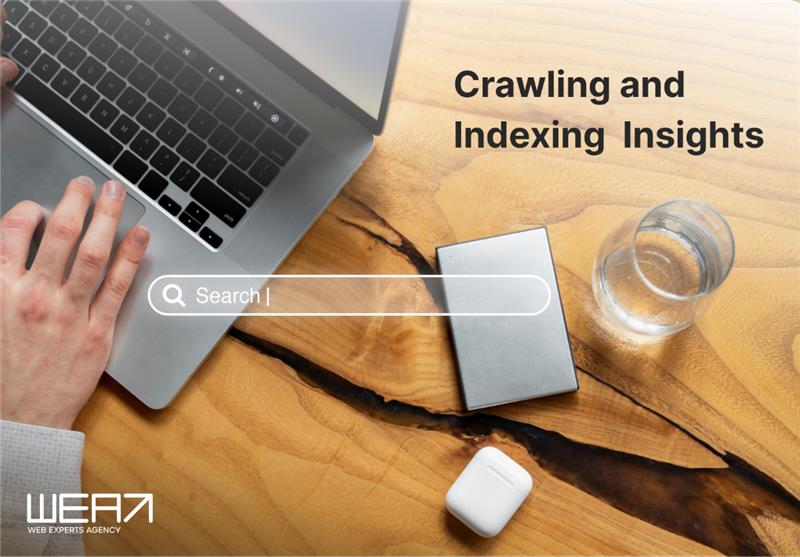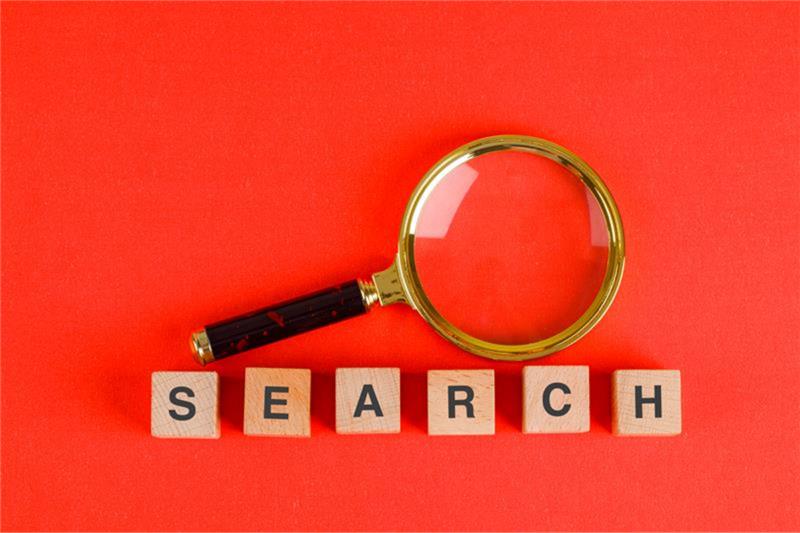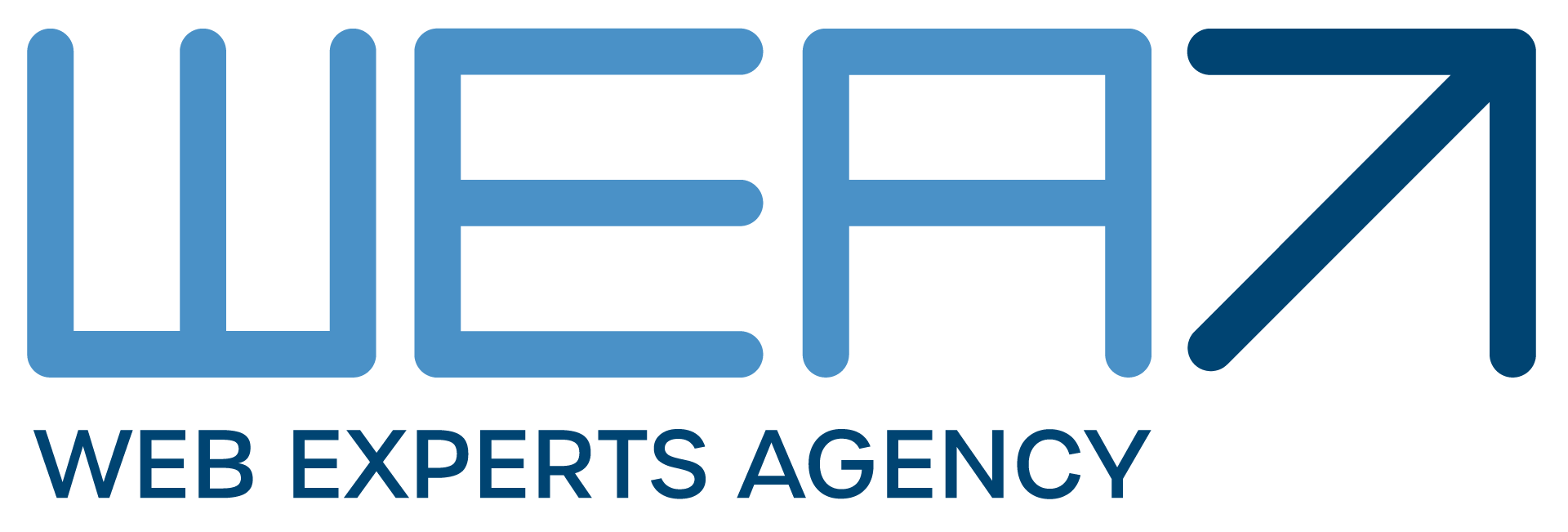
The digital age has brought about a paradigm shift in how businesses approach marketing. With an astounding 8.5 billion searches happening daily on Google, cyberspace has become a bustling marketplace. In India, where the digital landscape is evolving rapidly, Google’s whopping 92% share in online searches cannot be ignored.
For the astute business owner or IT professional, understanding the nuances of Search Engine Optimization (SEO) isn’t just beneficial—it’s essential. But what does SEO entail? At its core, SEO revolves around Google’s crawling and indexing processes. A vibrant website or an active social media page isn’t enough. Even with spot-on keywords, you might remain invisible to your potential audience if Google doesn’t ‘see’ or ‘store’ your content appropriately.

This article will unravel the intricacies of crawling (how Google ‘reads’ your website) and indexing (how it ‘remembers’ or ‘stores’ it). With this knowledge, you can fine-tune your SEO strategies, ensuring visibility and optimal conversions per click.
How Search Engines Work: The Basics
Fundamentally, the internet can be compared with an infinite library with information and data on almost every subject. If human efforts are considered, it would be impossible to search billions of web pages and present the exact information they are looking for before the users.

So, how do search engines like Google make sense of this immense data and offer users the most relevant ‘books’ or pages?
-
Understanding the Importance of Crawling and Indexing
One should know the importance of crawling and indexing to understand how the entire process works. To simplify, imagine a librarian who’s yet to categorize or even know every book in her library. Before she can guide anyone to the right book, she first needs to go through each one—this is similar to Google’s crawling. Now, once she knows what each book is about, she categorizes and places them in specific aisles and sections to find them quickly when needed—this process mirrors Google’s indexing.
Search engines wouldn’t know what’s on the web without crawling. And without indexing, they couldn’t efficiently retrieve and display the most relevant results. These processes ensure that when someone types in a query, they’re presented with the most pertinent information.
-
Difference between Crawling and Indexing
Be it Google or Bing, at the heart of any search engine’s efficiency lie two core processes: crawling and indexing. While they’re closely intertwined, they serve distinct functions in the vast mechanism of search engines. Here are the major differences between the two processes:
| Aspect | Crawling | Indexing |
| Definition | The process where search engines send out bots (or spiders) to find and read new or updated web pages. | The method by which search engines organize and store the content found during the crawling process. |
| Purpose | To discover and scan content on the web, including websites, images, and videos. | To categorize and store data, making it quickly retrievable when a relevant search query is made. |
| Tools | Bots or spiders, like Googlebot. | Search engine databases and algorithms to rank and store content. |
| Outcome | A list of web pages and their content. | A structured database, or ‘index,’ can be queried to present the most relevant results to users. |
After understanding the processes, it is now critical to take account of the meaning and implication of the processes and their role in enhancing SEO results for a website. Let’s start with the crawling process.
Analysing Google’s Crawling Process Deeply
The web is vast, constantly growing, and evolving. To map this digital universe, Google employs sophisticated processes and tools. One of its primary tools is the Googlebot.
-
The operation of Googlebot
Googlebot, often referred to as a spider or crawler, is Google’s web crawling bot. Imagine it as a virtual explorer, constantly on the move. It starts with a list of web addresses from past crawls and augments this list with sitemap data web admins provide. Googlebot visits these sites reads the content, and follows the links on these pages, just like you’d click on hyperlinks on any site.

As it traverses, it discovers new pages and adds them to its list of sites to visit next. This continuous process ensures that Google’s index is updated with fresh content and new sites.
-
Factors Influencing the Crawling Rate
While Googlebot is always at work, the frequency it visits your site isn’t uniform. Several factors determine this:
- Website Speed: A faster-loading site can be crawled more efficiently. This might mean investing more money in the website, but it is all worth it.
- Website Hierarchy: Clear, logical organization aids better crawling.
- Robots.txt File: This file can guide or restrict Googlebot’s access.
- Site Errors: Technical issues can deter or slow down crawlers.
- Content Update Frequency: Regularly updated sites might be crawled more often.
Let us now move to understand the indexing process and the most critical factors one should be aware of to have better indexing results.
The Journey from Crawling to Google Indexing
The next stage in the search process begins after Googlebot completes its mission of discovering and scanning web content. This stage is indexing. Here’s how the journey unfolds.
-
From Crawl to Index
Once Googlebot captures the content from a web page, it processes and analyses it to determine its context, relevance, and quality. It looks at critical elements like text, images, videos, and meta tags. Google’s algorithms then decide what to include in the index and how to rank it. Not every page Googlebot crawls will be indexed.
Content quality, relevance, and user experience are pivotal in this decision-making. Duplicate content or pages with malicious practices, for instance, are typically excluded. For pages that cut, they’re added to Google’s vast library: the search index.
-
Google’s Index Database
The search index isn’t just a vast database; it’s a meticulously organized one. As explained before, consider it an immense digital library, with billions of ‘books’ (web pages) categorized for easy retrieval. When a user types in a query, Google doesn’t search the web—it searches its index. Algorithms sift through this index, fetching the most relevant results in milliseconds. The efficiency and speed of Google’s search are primarily attributed to the structure and sophistication of this database. Google continually updates its index, ensuring users find the freshest and most pertinent content.
The Role of SEO in Crawling and Indexing
The intricate relationship between a website and search engines like Google hinges on Search Engine Optimization (SEO). It’s more than just peppering keywords; it’s about enhancing the website’s visibility, relevance, and user experience.
-
Optimizing for Efficient Crawling
Here are a few points that you must take into account:
- Accessible Robots.txt: Your robots.txt file is like a guide for search engine crawlers. Ensure that it provides clear directives, allowing Googlebot to access and crawl essential parts of your site while possibly excluding private or duplicate sections.
- Site Structure: Think of your website as a building. A well-structured building has clear signs, pathways, and sections. Similarly, a clear hierarchy and sitemap help crawlers navigate your site seamlessly. Tools like XML sitemaps submitted to Google can expedite this process.
- Fast Loading Times: Googlebot doesn’t have infinite time for your site. It operates on a ‘crawl budget’. If your site loads faster, more pages can be crawled within this set timeframe. Compressed images, minimized code, and optimized server response times can help achieve this.
- Mobile Optimization: Google’s shift to mobile-first indexing underscores the importance of mobile-responsive design. Ensure your website is not just viewable but also user-friendly on mobile devices. This boosts both user experience and crawlability.
- Avoid Duplicate Content: Presenting the same content on multiple pages can bewilder crawlers. Address this by using canonical tags to indicate the ‘primary’ version of the page or by setting preferred URLs in the Google Search Console.
-
Ensuring Successful Indexing
For a successful indexing process, here are a few tips which must be followed:
- High-Quality Content: Google’s ultimate aim is to provide value to its users. Thus, content that is original, engaging, and adds value stands a higher chance of being indexed. Regularly updating your content also signals its relevance to search engines.
- Meta Tags: While users may not always see them, title tags and meta descriptions play a pivotal role in conveying the essence of your content to search engines. Crafting accurate and concise meta tags can guide search engines in understanding and categorizing your content better.
- Structured Data: Search engines appreciate when you speak their language. Using schema markup, you can provide context to your content, making it clear if you’re referring to a book, a place, or an event, for example.
- Secure and Accessible Website: Websites that begin with ‘HTTPS’ indicate they’re secured using an SSL certificate. This not only assures users of safety but is also favoured by Google during indexing.
- Optimized Images: Search engines can’t ‘view’ images like we do. Using descriptive ‘alt’ tags helps convey the image’s content and context. Additionally, compressing ideas ensures faster loading times, enhancing user experience and crawl efficiency.
Biggest challenges and their solutions in Crawling and Indexing
Navigating the labyrinth of the digital realm, even search giants like Google can encounter challenges. Websites often inadvertently place barriers that hinder the smooth operation of crawlers. Some prevalent issues include:
- Robots.txt Restrictions: Sometimes, essential pages might be mistakenly disallowed in this file, preventing crawlers from accessing them.
- Flash or Javascript-heavy Content: Googlebot might struggle to access content hidden behind complex JavaScript or Flash.
- Server Errors: A frequently crashing or slow server can disrupt the crawling process.
- Duplicate Content: Google might skip indexing pages that seem repetitively similar to other content on the web.
Navigating the challenges of website indexing and crawling necessitates both technical understanding and strategic planning. Regular audits of your robots.txt file are essential to prevent unintended page blocks. Embracing search-friendly platforms like HTML and CSS and ensuring the accessibility of JavaScript content can ease crawling. Maintaining a fast, reliable server enhances Googlebot’s efficiency while managing duplicate content—either by marking preferred versions with canonical tags or ensuring content originality—ensuring proper indexing.
Summing up
The vast digital universe grows daily, with countless websites vying for visibility. As business owners and IT professionals, grasping the nuances of Google’s crawling and indexing can offer a competitive edge. Understanding challenges and deploying effective solutions can enhance visibility, drive organic traffic, and achieve digital success. Remember, in the online world, being found is the first step to being chosen.




